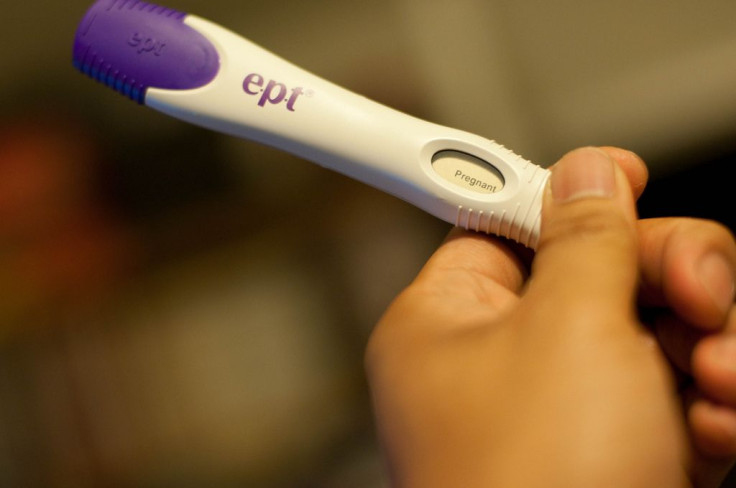Pregnancy Test: Fiber Optics Might Make It Possible For Smartphones To Detect Pregnancy, Monitor Diabetes

Smartphones are on their way to reading biomolecular tests, such as pregnancy tests, thanks to developing research from Hanover Centre for Optical Technologies in Germany.
"We have the potential to develop small and robust lab-on-a-chip devices for smartphones. So, surface plasmon resonance (SPR) sensors could become ubiquitous now,” Kort Bremer and Bernhard Roth, study authors, said in a press release. SPR is what affords “real-time, label-free detection of biomolecular interactions…when polarized light strikes an electrically conducting surface at the interface between two media,” GE Healthcare Life Sciences reported.
The way Bremer and Roth incorporate SPR into smartphones is by “carefully excising the polymer coating” of the fiber optics cables they use in order to expose the fiber’s glass core. It’s then coated and added to “a small well in which to pour the solutions being observed,” as well as polished at both ends. When the ends are angled just so, they’re adhered to a smartphone’s case, which covers the LED and camera, in order to function as a test reader.
If successful, Bremer’s and Roth’s self-contained sensor will run through an app and provide users with real-time results. It would work to monitor “multiple types of body fluids, including blood, urine, saliva, sweat or breath.” What’s more is the sensor readings could combine with the phone’s GPS signal in order to direct users to nearby hospitals, pharmacies, and clinics in the event of a medical emergency. Already experiments have shown promise; the sensors are “on par with current equipment, at a fraction of the cost and size.”
The sensory seems to build upon other, similar apps poised to improve health care. Planned Parenthood, for example, recently launched a mobile app for men and women living in California to discreetly order STD testing kits. The kits cost users $149, but it includes delivery, as well as prepaid return packaging, lab costs, and test analyses. If tests are positive, the app then directs users to their nearest health center.
The Breathometer Breeze app, too, maximizes smartphone’s Bluetooth wireless connectivity in order to help users detect and monitor their alcohol consumption as a way to prevent drunk driving; its creators refer to it as the “next generation sensor.” And per recent data collected by ZocDoc, a digital health platform, furthering this research can only bode well for the more than half of millennials who visit their primary physician less than once a year due to things like business and “Dr. Google.” If not for convenience, then for the sheer fact millennials were the largest population segment in the US to own smartphones, Nielsen found.
Source: Bremer K, and Roth B. Fibre optic surface plasmon resonance sensor system designed for smartphones. Optics Express. 2015.



























